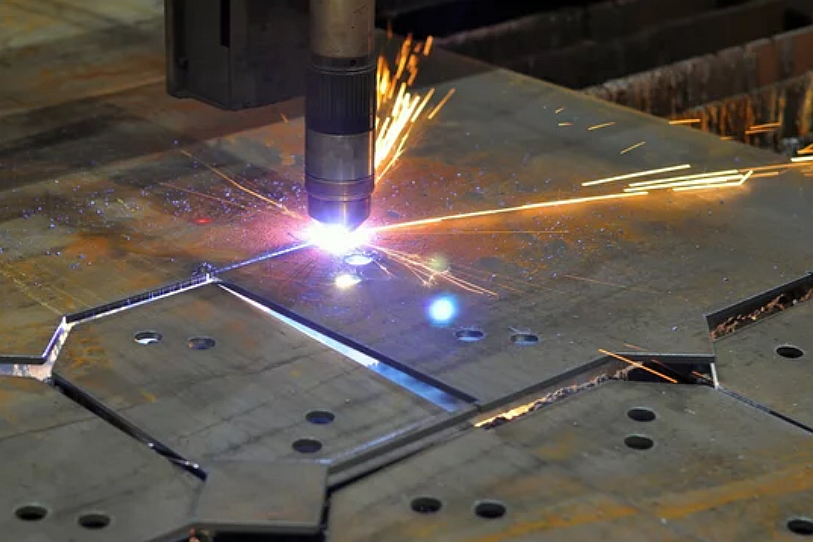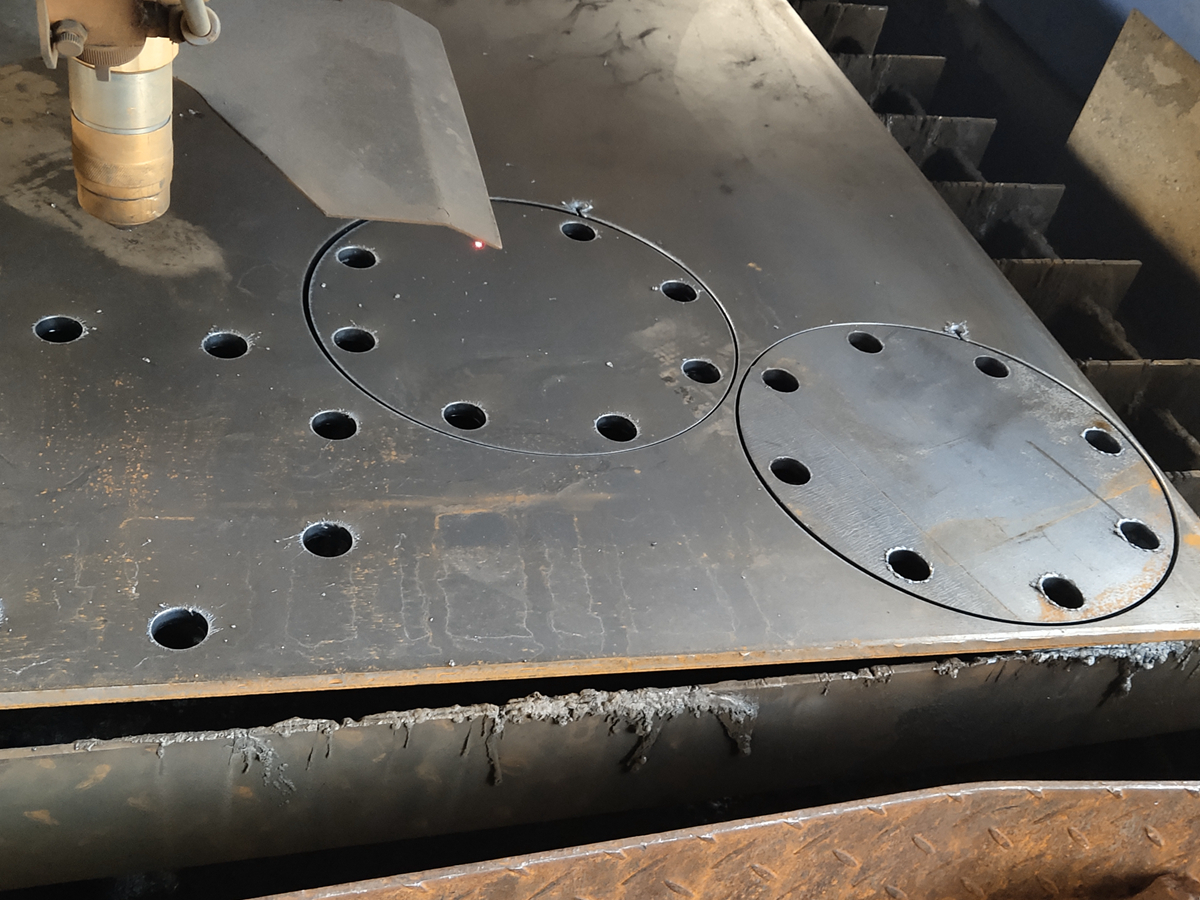Which industries benefit most from precise and efficient plasma cutting?
Introduction
As an engineer working with large-format thermal cutting systems, I see how precise and efficient plasma cutting directly impacts production quality, cost control, and material utilization. Industries that rely on high-accuracy metal components—especially those involving heavy-gauge materials—gain the most from stable kerf control, optimized heat input, and clean cut edges. When combined with advanced downstream and upstream manufacturing processes, plasma cutting becomes a critical capability across multiple sectors.
Industries That Rely Heavily on Plasma Cutting
High-performance fabrication environments depend on plasma cutting for its ability to process thick metals quickly and consistently.
In the aerospace industry, precision components, structural brackets, and support tooling demand material consistency and dimensional accuracy. Plasma systems complement specialized processes often used in this sector, and many aerospace assemblies later integrate cast parts produced by methods like investment casting or lightweight alloys prepared through gravity casting.
The automotive sector also benefits significantly, particularly in the areas of chassis components, frames, and mounting structures. Consistent plasma cutting supports mid-volume production and complements forming processes, such as metal bending and sheet metal stamping. High-volume environments rely on plasma’s repeatability when the goal is to minimize secondary machining.
In power tools manufacturing, housings, support plates, and reinforcement structures require robust metals with tight tolerances. Efficient plasma cutting accelerates production, enabling manufacturers who also use technologies like prototyping and CNC machining prototyping to validate designs before ramping up.
How Manufacturing Processes Enhance Plasma-Cut Components
Plasma cutting integrates seamlessly with several fabrication processes. For example, many plasma-cut blanks are later shaped in sheet metal fabrication, assembled using components produced via zinc die casting, or further processed using laser cutting for detailed finish work. When engineers combine plasma cutting with precision casting, structural parts can be both lightweight and strong, optimizing cost and durability in industries like automotive or energy.
Material Considerations in Industrial Plasma Cutting
The choice of material has a significant impact on which industries benefit the most. High-strength and conductive alloys, such as cast stainless steel or corrosion-resistant copper alloys, are commonly used in thermal cutting operations. Lightweight materials, such as magnesium alloy, play an essential role in aerospace and e-mobility applications, while robust materials like carbon steel and cast iron remain workhorses for construction and power equipment.
Surface Treatments That Support Plasma-Cut Parts
Surface finishing processes ensure plasma-cut parts meet functional and environmental requirements. Protective layers, such as anodizing, enhance the corrosion resistance of lightweight aluminum structures. For high-temperature or industrial components, advanced solutions like thermal coating help reduce oxidation and improve long-term durability.
Why These Industries Benefit the Most
The industries that gain the greatest value from plasma cutting—aerospace, automotive, and power tools—demand precise cutting of medium to thick metal sections, consistent performance, and flexible production capabilities. Plasma cutting provides the ideal combination of speed, accuracy, and cost efficiency for these requirements, making it a backbone technology in modern fabrication.



